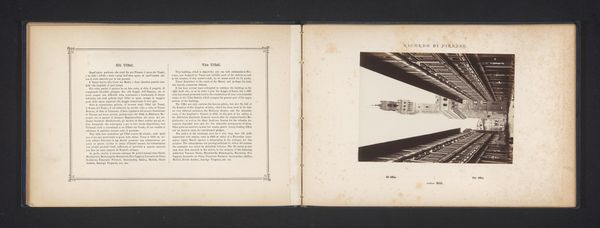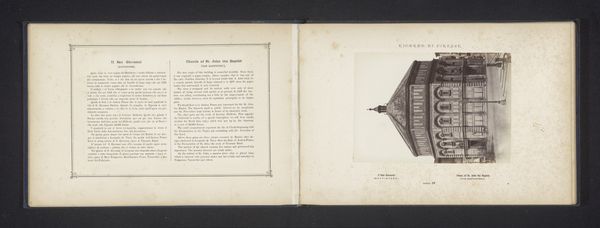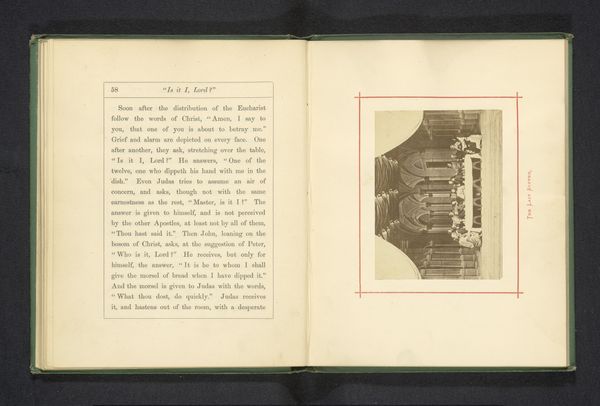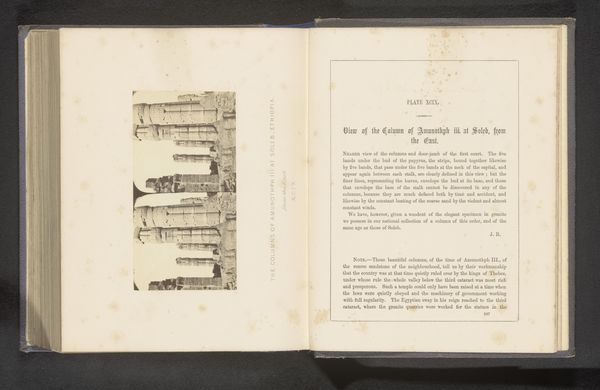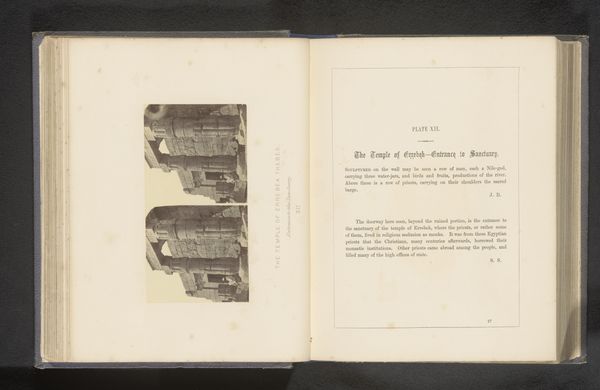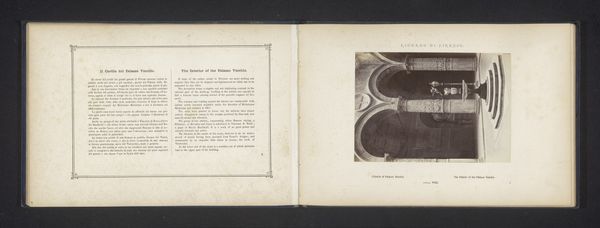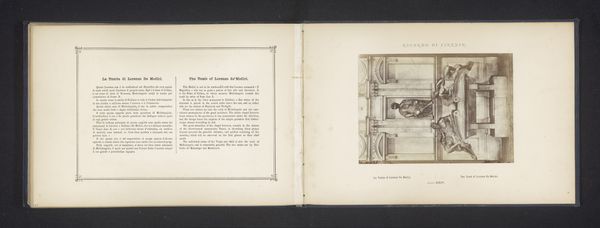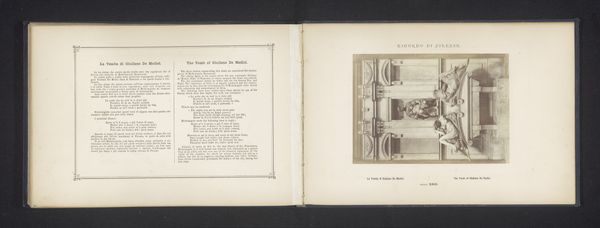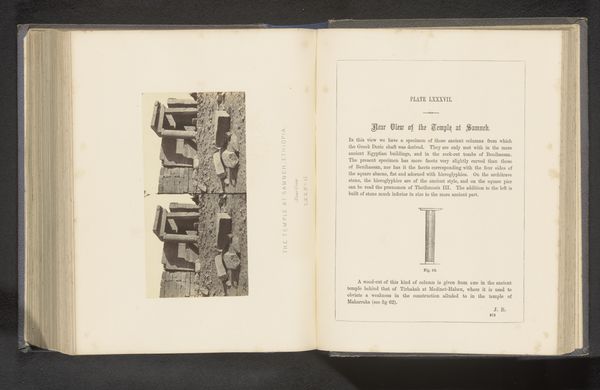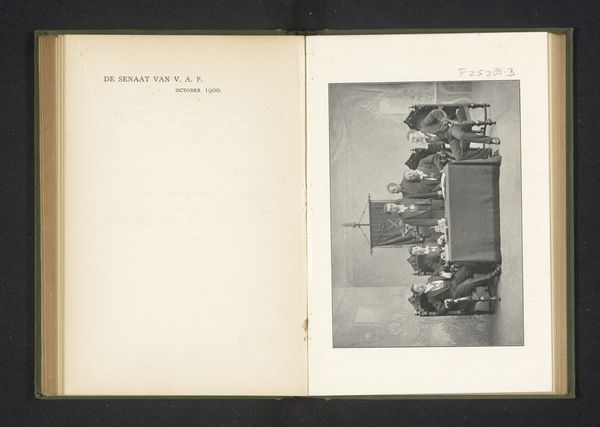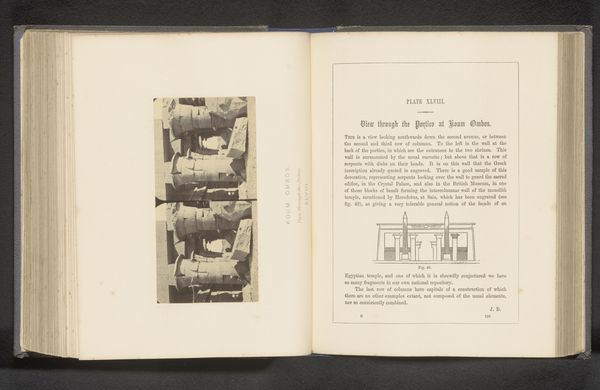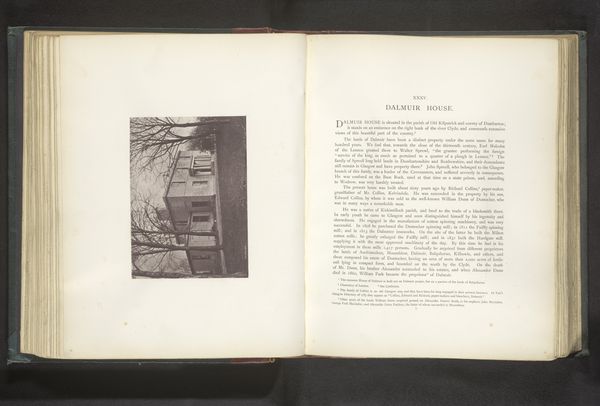
print, photography, albumen-print, architecture
# print
#
landscape
#
photography
#
italian-renaissance
#
albumen-print
#
architecture
Dimensions: height 146 mm, width 100 mm
Copyright: Rijks Museum: Open Domain
Curator: This albumen print, titled "Binnenplaats van het Bargello in Florence," was captured by Giacomo Brogi before 1871. It depicts an interior courtyard in Florence. Editor: There's an inherent stillness and formality about this image. The light catches the details of the architecture in a way that feels deliberate. It looks so rigid. Curator: As a materialist, the albumen print process is something I want to focus on here. Producing an image like this involved meticulous preparation, coating paper with egg whites to create that signature glossy surface and rich tonality. Consider the labor involved at a time before widespread photographic technology. Editor: And consider how that labor supported the project of constructing Italian national identity! Photography became a tool to document and promote the Renaissance past. Curator: Absolutely, there’s that performative aspect too. Brogi, and his contemporaries, played a significant role in framing architectural spaces as culturally important symbols, selling and trading images. The images, as commodity, created that political view. Editor: Yes, photography made Italian cultural heritage accessible to a much wider audience. Think about the power dynamics at play – who has access to this imagery, and what does that mean in terms of shaping narratives around Italian history and artistic legacy? This very presentation format within an album elevates photography. Curator: How are we meant to 'consume' these historical markers, yes? Did those who purchased these images feel a part of history, having purchased the book? I feel Brogi highlights, and elevates, his profession by showcasing these images of an historical place. The material allows it an elite view of Italy's art. Editor: Thinking about that visual narrative, it makes me wonder what was left out of the frame. Did these photos aim to present an idealized, flawless image of the past? The composition appears so staged and orderly; It provokes questions around truth and image manipulation. Curator: Brogi was contributing to a selective narrative, for the social and political context, yes. Thinking about his work reminds me that what we perceive as a snapshot of the past is, in reality, a carefully constructed representation, and its very creation affects and alters society. Editor: Precisely. It's fascinating to examine how visual media intersect with and construct historical narratives. Curator: Seeing Brogi's photographic processes contextualized gives a deeper view into the history of art itself. Editor: Indeed, examining it through your perspective allows to acknowledge the sociopolitical context in how photographic images become meaningful.
Comments
No comments
Be the first to comment and join the conversation on the ultimate creative platform.
